If AI Saves Us All This Time, How Will We Spend It?
Backed by Google and a top launch on Product Hunt, Meet-Ting is a buzzy UK startup asking: if AI will save us all this time, how will we spend it better?
A Simple Idea That Sparked Something Bigger
There’s a new AI startup making quiet waves across Europe. Built between London and Copenhagen, Meet-Ting has been gathering traction with advisors and entrepreneurs who spend their lives in meetings. We first came across them after a viral post on Instagram and decided to learn what was behind the buzz.
We ended up having a conversation which touched upon many of the most important topics facing founders today. We discussed what it’s like to build an AI company right now in the eye of major platform innovation, how founders can survive moments of fierce competition, and the importance of asking bolder and more original questions to stand out.
A Simple Insight with Big Implications
The company began with a simple but overlooked insight: every morning, we wake up and reshuffle our day — and so does everyone else. The world collectively reschedules itself, creating invisible friction that costs businesses time, money, and momentum.
That led the team to a question few had seriously explored: what if the real scheduling problem isn’t individual, but systemic? What if it’s not a user issue at all, but a network one?
To test the idea, Meet-Ting started small — an AI assistant that helps users coordinate meetings over email and text. But solving scheduling in the wild turned out to be a complex challenge. Most AI systems are built for single-player mode — one person talking to one model. Meet-Ting had to operate in multiplayer mode, understanding multiple people, threads, and contexts at once, and finding the best time to meet.
When the product launched in July, it quickly stood out — not just for what it did, but for how it felt. The experience was fluid, conversational, and human.
“The launch taught us so much, but it wasn’t smooth — far from it,” says Dan Bulteel, CEO and co-founder of Meet-Ting. “We’d captured people’s imagination with the idea that AI could finally automate the admin, but getting it to actually talk to lots of guests at once took time to test and refine. We definitely let down some early users along the way.”
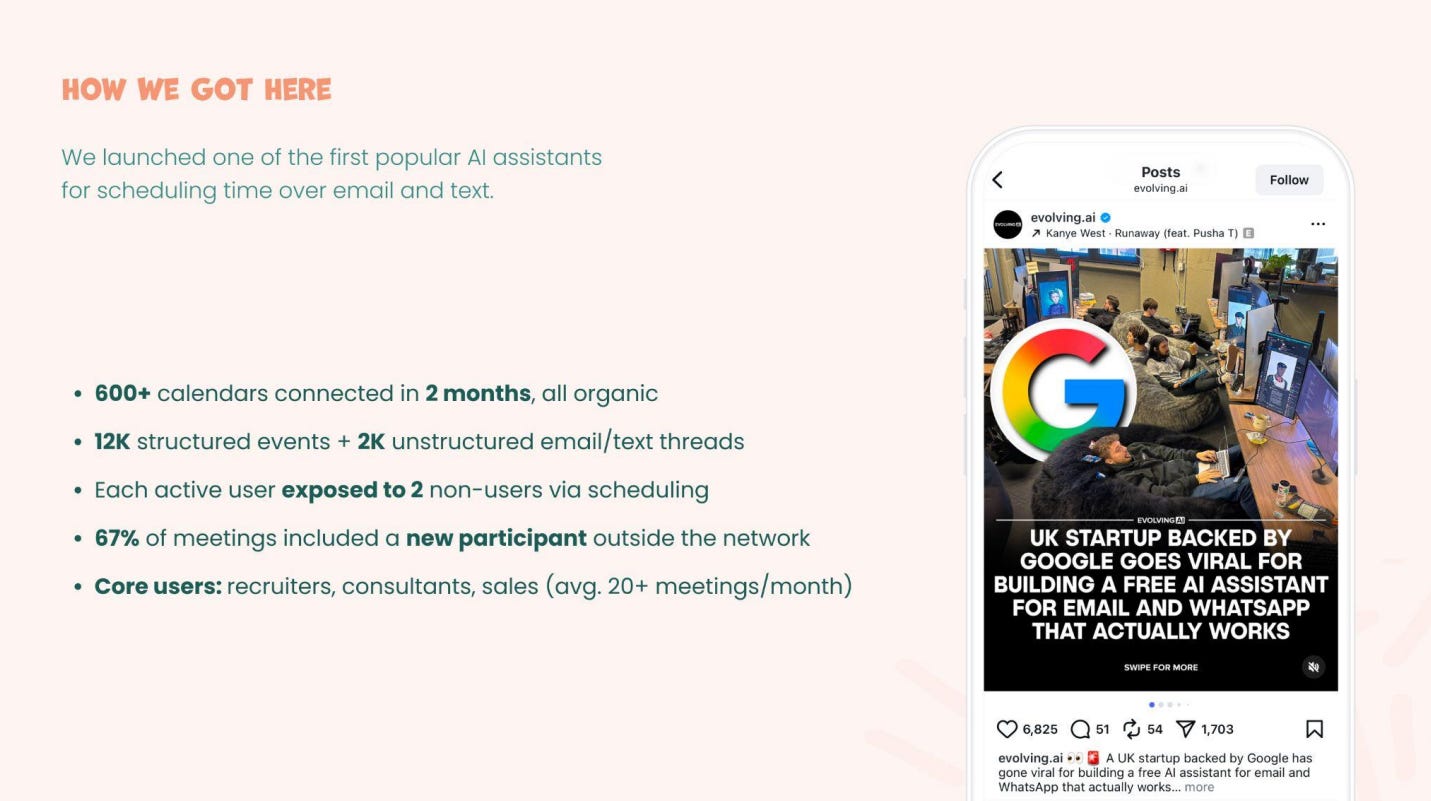
When Everyone’s Building the Same Thing
Within weeks of Meet-Ting’s launch, similar tools began to emerge — from early-stage startups to established players like Google and Perplexity. For most founders, that kind of competition might spark panic. But for Meet-Ting, it became a turning point.
“We always knew there was a window for what we were building,” Dan tells us. “It’s an obvious use case for AI. Even if you think you’re doing something unique, the investor perception is that you’re competing. That moment forced us to go deeper — to ask what really made our user offering, product and team truly different.”
That internal reflection reframed the company’s trajectory. Instead of doubling down on being the smartest or fastest assistant, they looked at the network effects their product was already starting to generate.
From Product to Platform
What started as a scheduling assistant is quickly evolving into something bigger — a potential network that understands not just when people meet, but why.
Every meeting is a data point about priorities, relationships, and value. The more connected the network becomes, the more it can understand — and eventually predict — how people actually spend their most valuable resource: time.
It’s this layer of intelligence that has some investors quietly paying attention.
“The calendar has always been treated as a personal tool,” Dan told us. “But it’s actually a shared system — and once it’s networked, it becomes incredibly powerful. My background is in social media, including my time at ByteDance growing some of the world’s largest networks. I sometimes joke with the team that the calendar actually knows more about you than TikTok — it knows what you like to do, who you do it with, and where. And it doesn’t just assume those things; it learns them through how you spend your most valuable resource — your time.”
Inside Meet-Ting’s Product: How AI Coordinates in the Background
Meet-Ting collects contextual relationship data—signals hidden in emails and invitations that show how people connect and collaborate.
The system identifies patterns, such as responsiveness, priority, and momentum, and then acts on them.
Calendars have always shown what happened.
Meet-Ting helps people see what should happen next.

The Hidden Layer of Productivity Most People Overlook
AI can already generate words, images, and code.
The next challenge is how it helps people work together.
Most of modern work is coordination: aligning calendars, priorities, and communication.
That is the invisible layer that decides how effectively teams move.
Meet-Ting focuses on that layer.
By operating inside tools people already use, it learns how collaboration actually happens.
“These days, every week brings a new AI startup promising to save us time. But what’s more interesting is thinking about what we’ll do with all that saved time — how we might trade or share it in new ways. If an agent is handling your tasks and suddenly you’re free, what happens if that availability could be ‘auctioned’ to your closest contacts? It’s a fascinating thought experiment,” Dan added.
The Next Great Network Is Already in Your Calendar
Calendars used to be static lists of events.
Meet-Ting treats them as living systems that describe how people interact.
Every entry carries information about intention and outcome.
When aggregated, that data forms a network that reveals how time moves through an organization.
This network grows stronger as people use it.
Each new meeting adds structure and insight that improve coordination for everyone involved.
Who’s Behind Meet-Ting’s AI Vision
Meet-Ting was founded by Dan Bulteel and Mariana Prazeres.
Dan, CEO and co-founder, started out at WPP, moved on to become one of the youngest directors at Adidas, and later one of the youngest global executives at ByteDance — helping to shape TikTok’s global social strategy. That experience gave him a front-row seat to how ideas move, how culture scales, and how people truly connect.
Mariana Prazeres, CTO and co-founder, has been designing AI and deep-learning systems since 2017. Founding engineer at Lex and early hire at Uizard (later acquired by Miro), she helped design and scale their foundational AI models, gaining firsthand experience in building complex SaaS products at speed. Her background spans applied mathematics and deep learning.
Together they bring social understanding and technical depth to a problem that touches everyone who works with others.

The Insight That Separates Good Startups from Great Ones
Meet-Ting’s evolution offers a quiet lesson for founders.
Once a market becomes crowded, the advantage shifts from speed to depth.
The companies that endure are the ones that understand the problem more precisely than anyone else.
In this case, the insight is that time can be analyzed and improved in the same way money once was.
AI can now quantify attention, focus, and collaboration.
Calendars stop being archives of the past and become instruments for forecasting what creates progress.
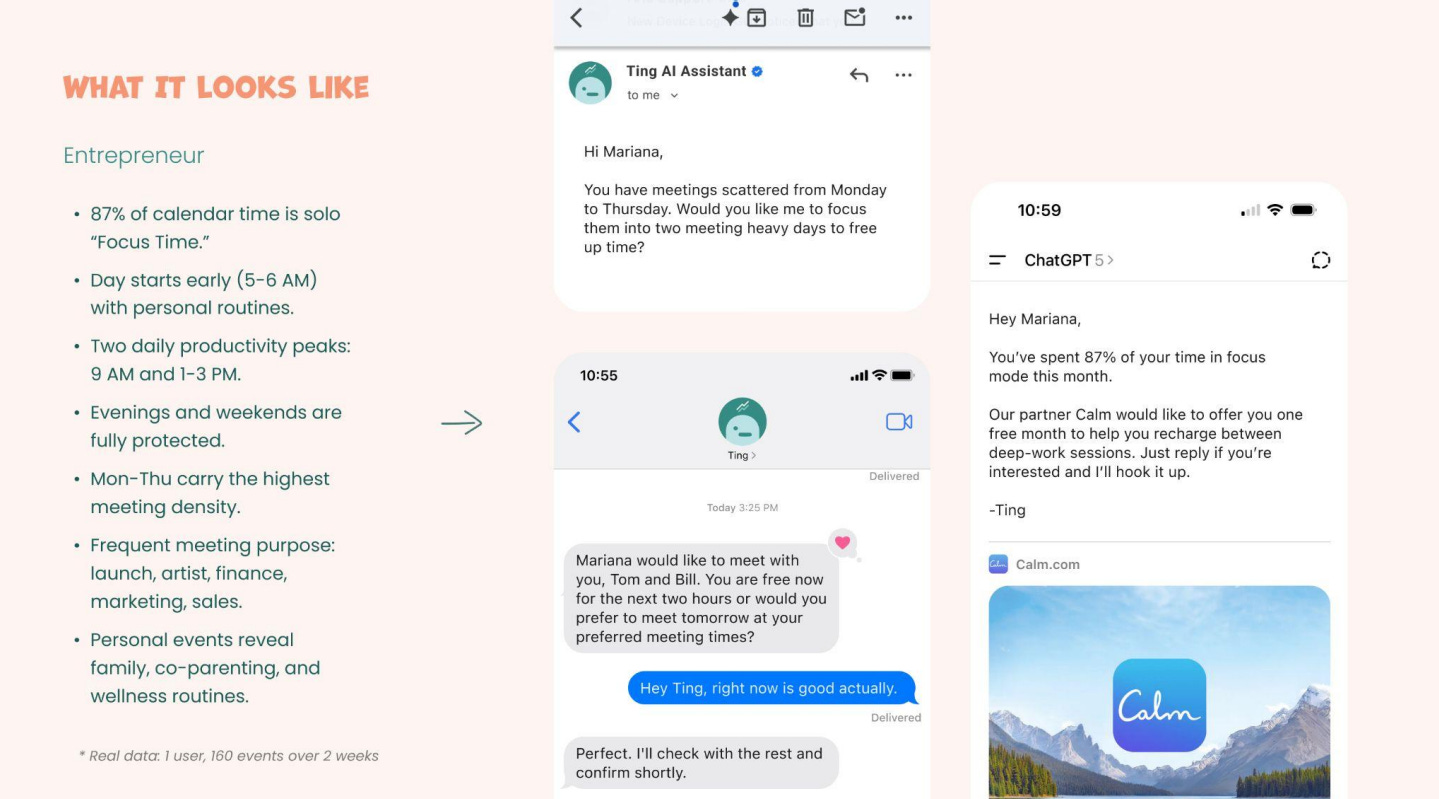
The Bigger Picture
In a year defined by AI overload, Meet-Ting stands out not for chasing trends, but for questioning them. It’s a reminder that the most interesting startups aren’t just automating what we already do — they’re reimagining the systems underneath it.
If AI truly does save us all this time, the next great companies will be the ones that help us use it better.
And Meet-Ting, it seems, is already working on that.
What’s Coming Next for Meet-Ting
Meet-Ting is opening its pre-seed round to expand its coordination network.
The company will present at Web Summit and meet investors in San Francisco afterward.
With top founders and operators already investing, early traction and Google’s support suggest there is demand for AI that integrates quietly into daily work.
The long-term goal is for coordination to feel automatic —something that happens in the background while people focus on what matters.
The Original Meet-Ting Deck That Earned Google’s Investment
For the first time, the founders have shared their original pitch deck—the one that helped Meet-Ting join the Google AI Startup Program.
It reveals how they were already thinking about intent, data, and defensibility before the rest of the market caught on.
Meet-Ting’s Mission: When People Meet, Things Happen
A Billion Connections, Two Billion Fewer Emails
Meetings Are a Big Part of Work — and Frustration
The Power of Meetings to Create Real Change
The Chaos of Getting Together
Why Previous Tools Fell Short
No New Apps, No Links, Just CC Meet-Ting
A Platform You Never Have to Return
A Viral Product-Led Growth Loop
Creating the Inbox-Native AI Assistant Category

A $5B+ Market Still Waiting for Simplicity
Simple to Use, Simple to Buy
Privacy, AI, and Calendar Intelligence
A Simple Ambition, A Big Mission
From TikTok to Meet-Ting — A Team That Knows Virality
A Niche with Massive Potential
Contact the Founders
Building Meet-Ting in Public
Dan Bulteel and Mariana Prazeres are sharing their progress as they build.
They write about product choices, experiments, and the highs and lows of growing an AI company on Chief Ting.
Their open approach has turned the startup into a living case study of how modern founders build—transparent, fast-moving, and community-driven.
Following their work is like watching coordination itself evolve in real time.


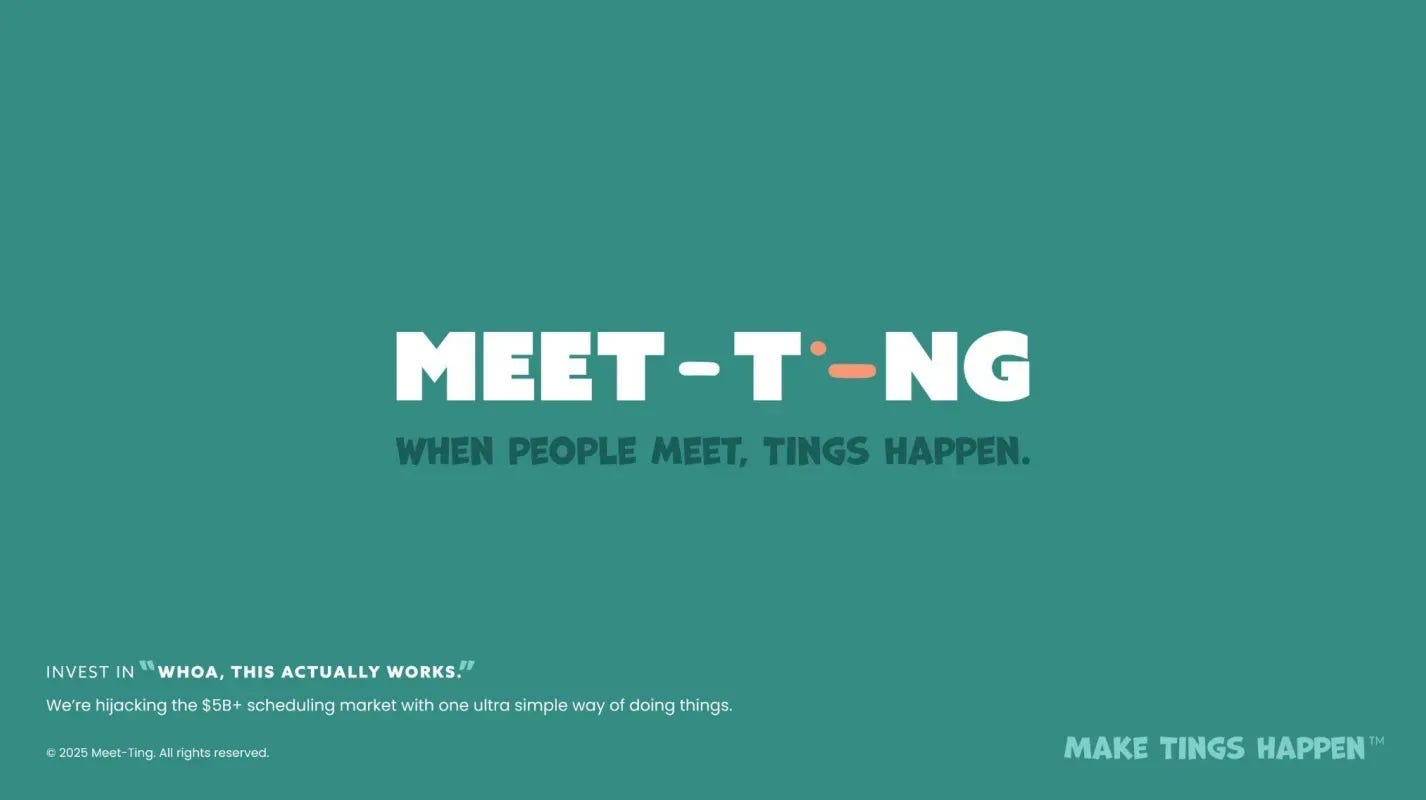
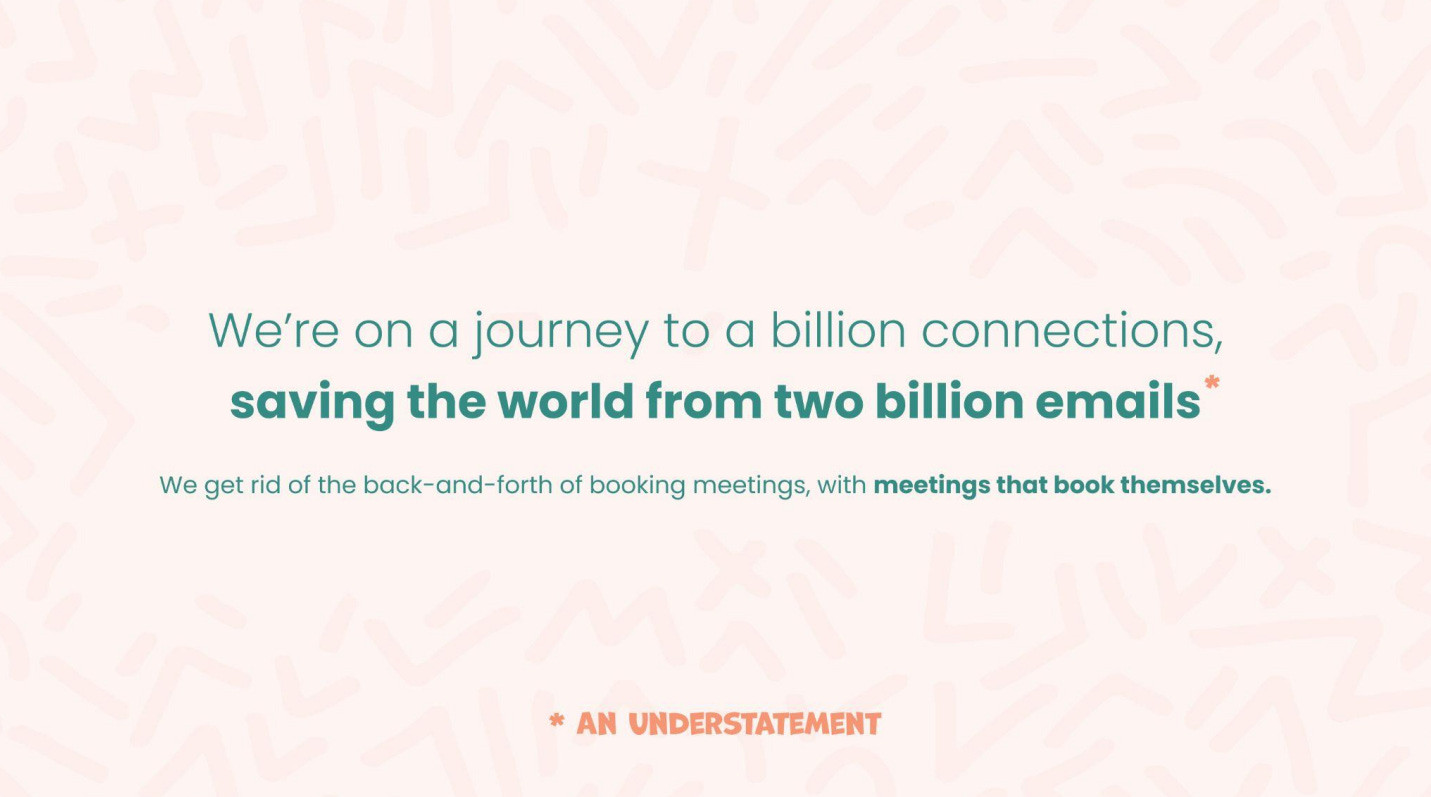
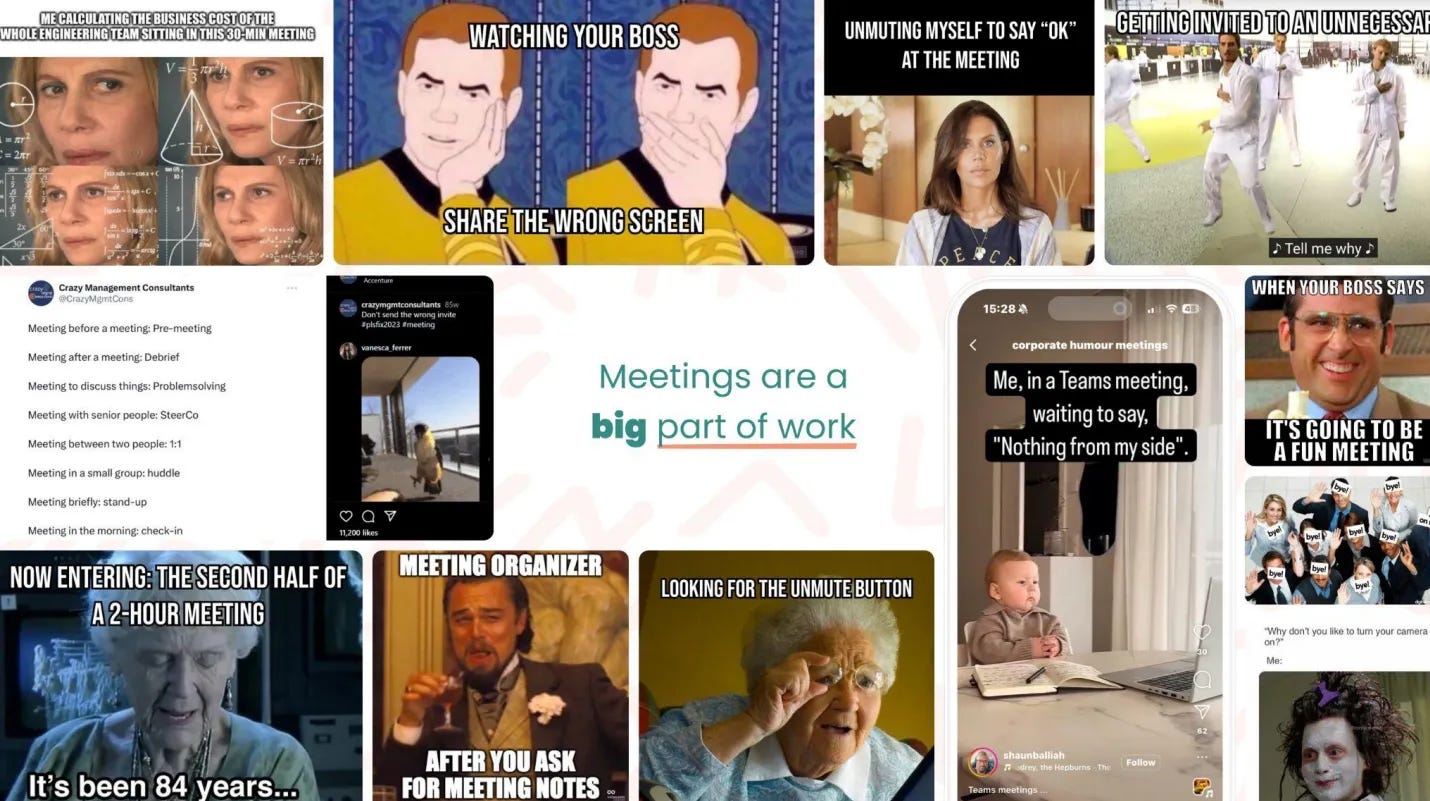
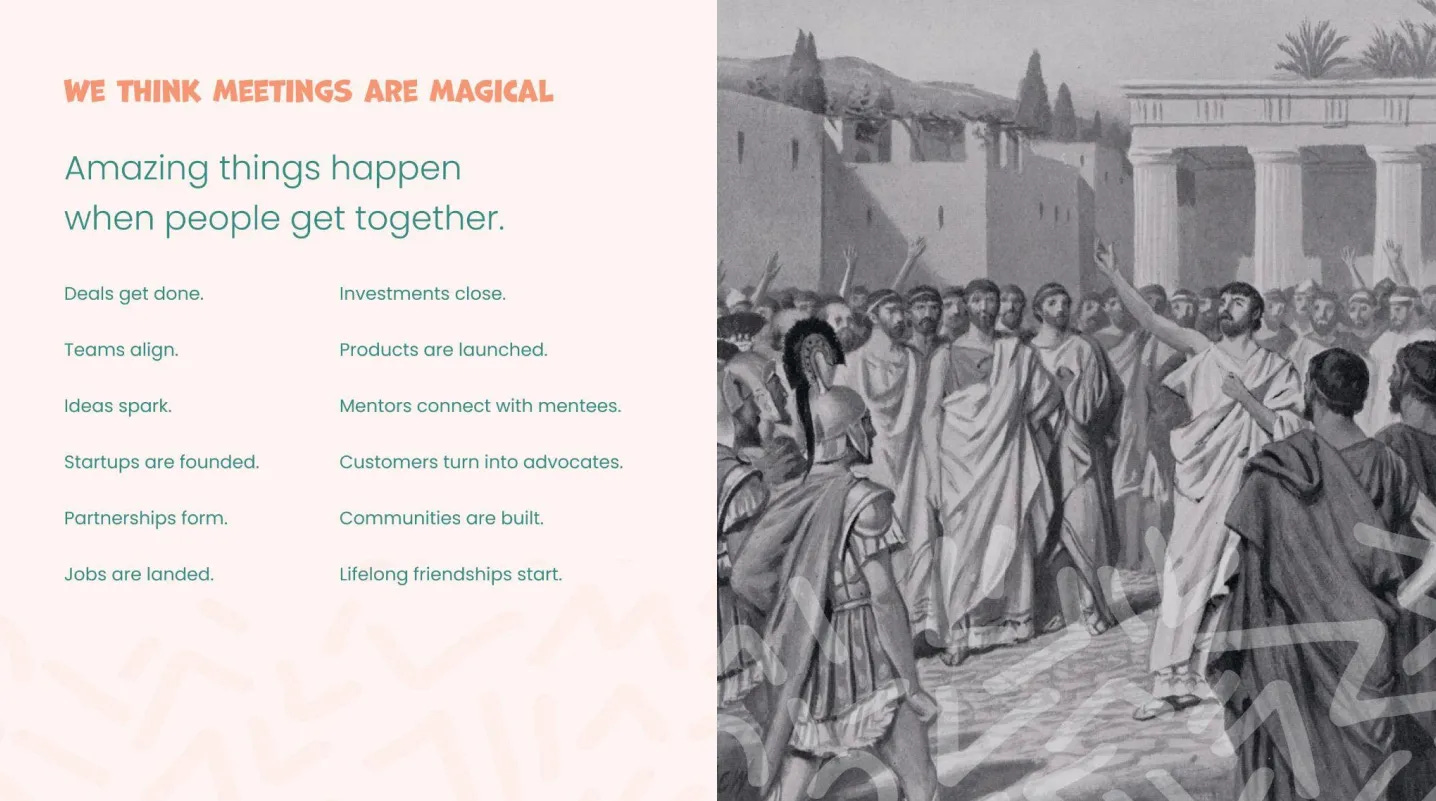
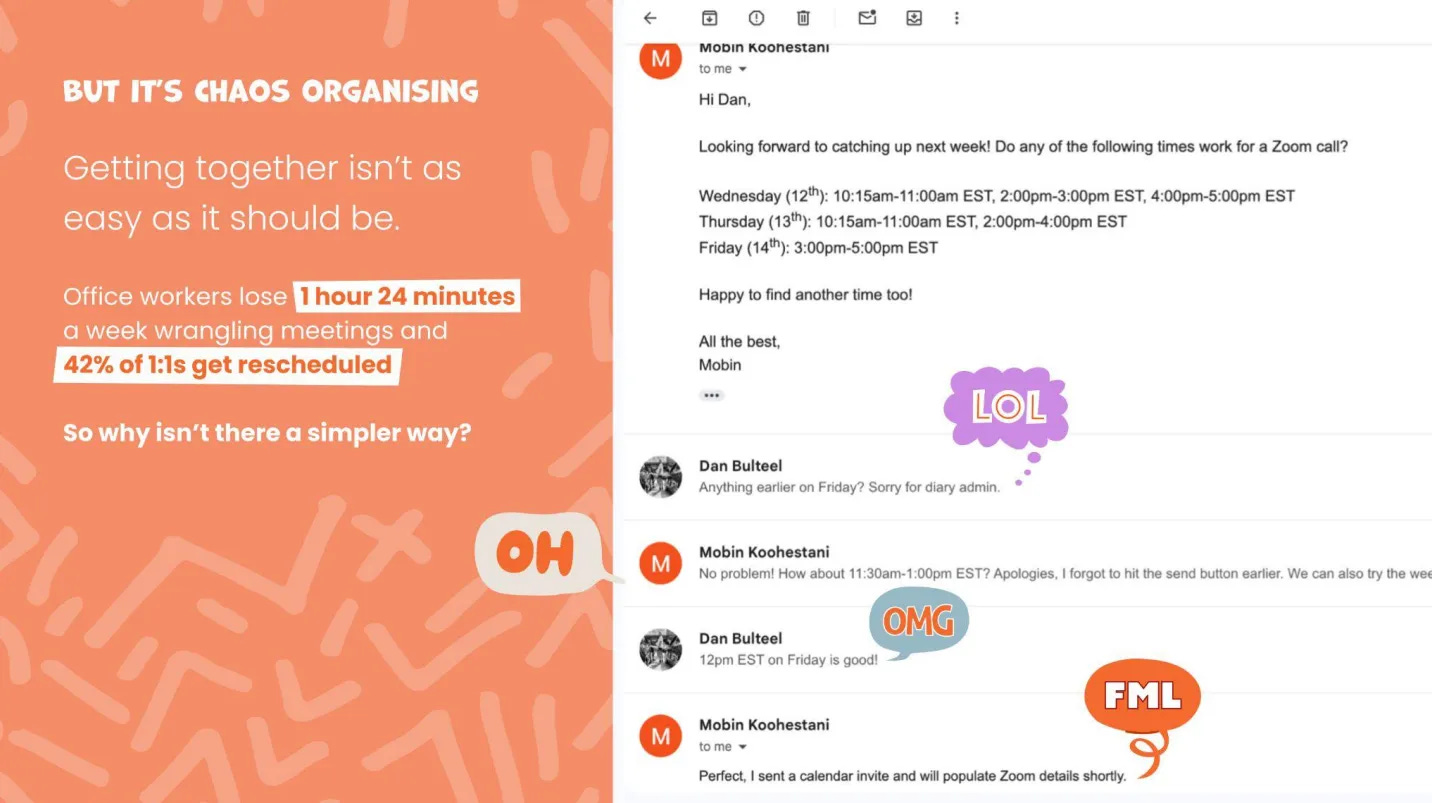
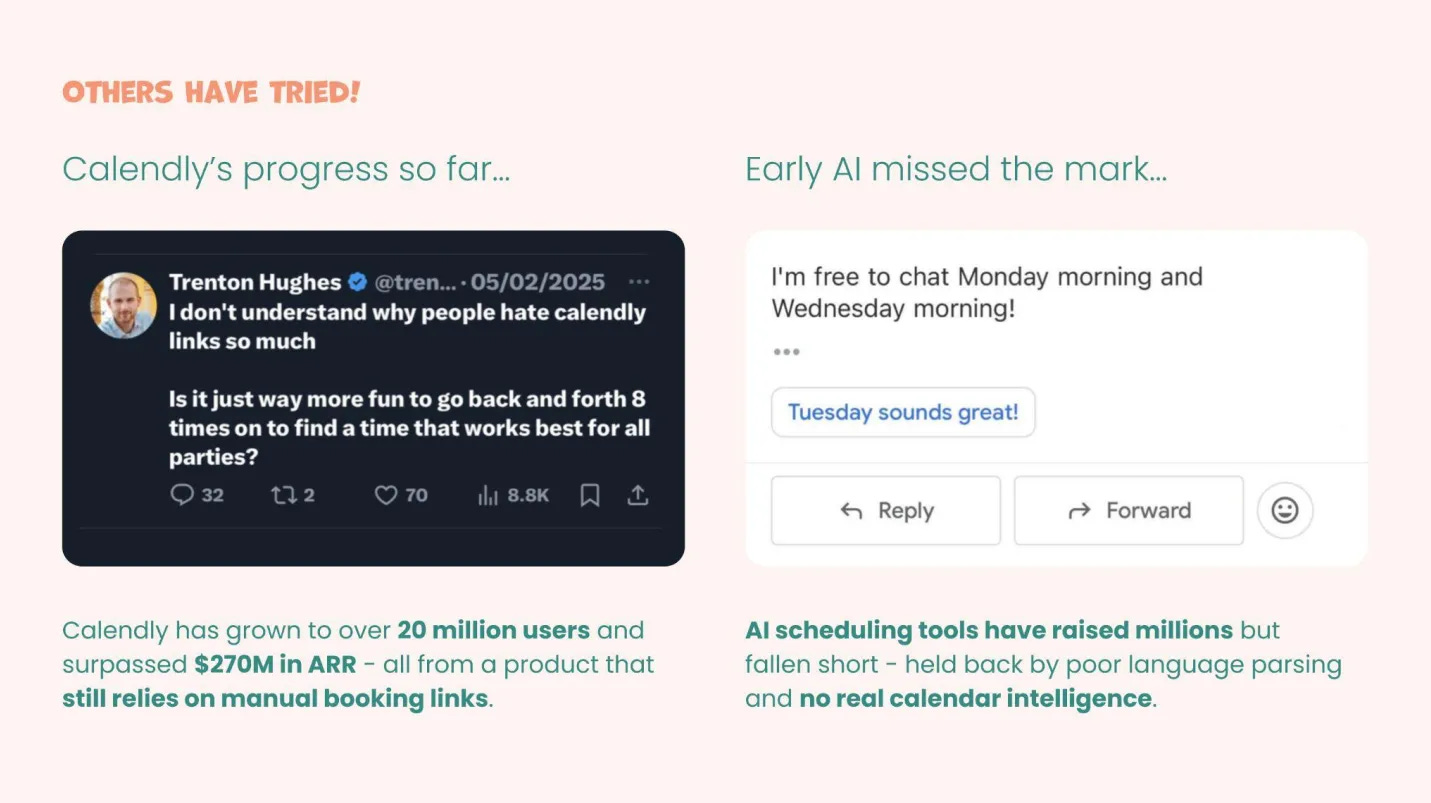

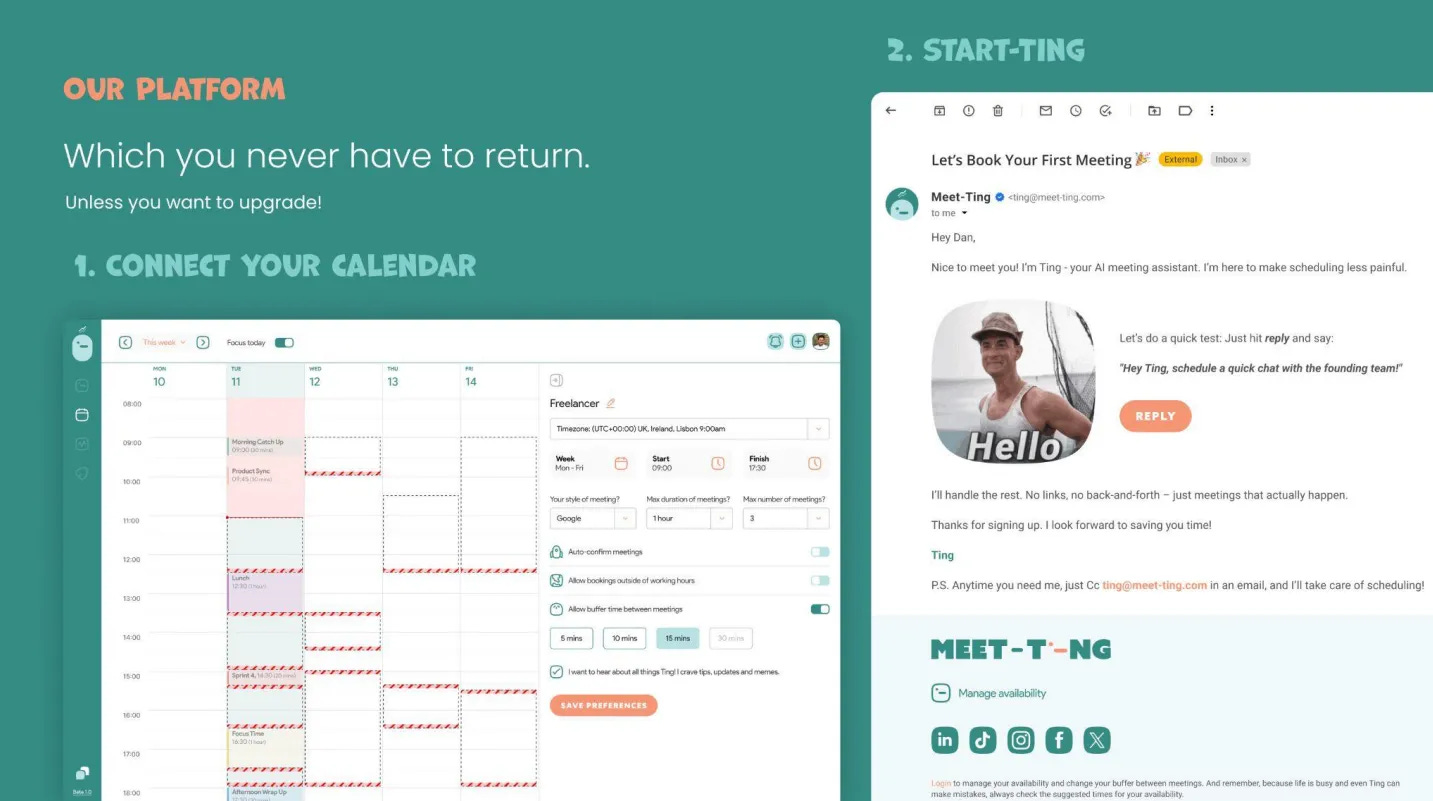
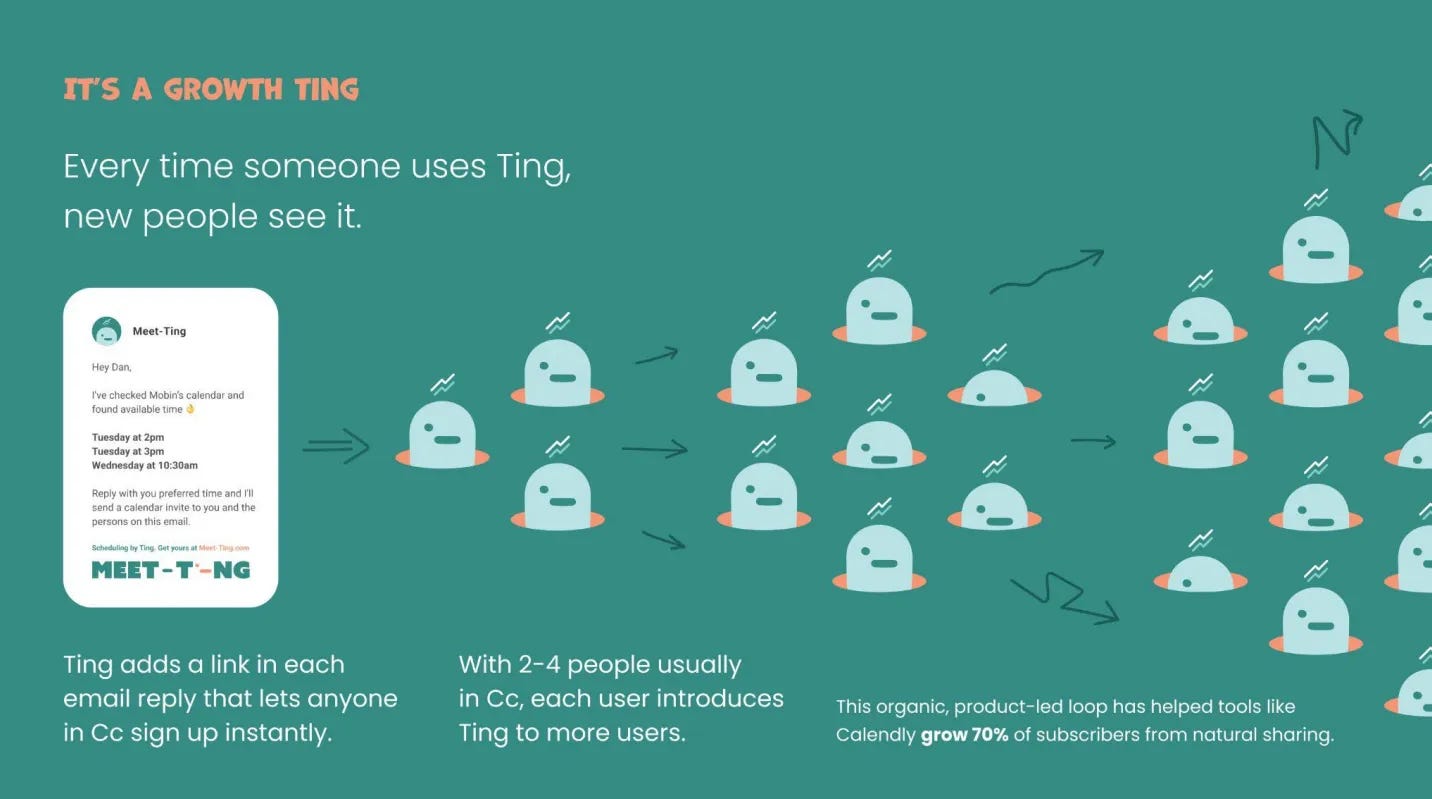
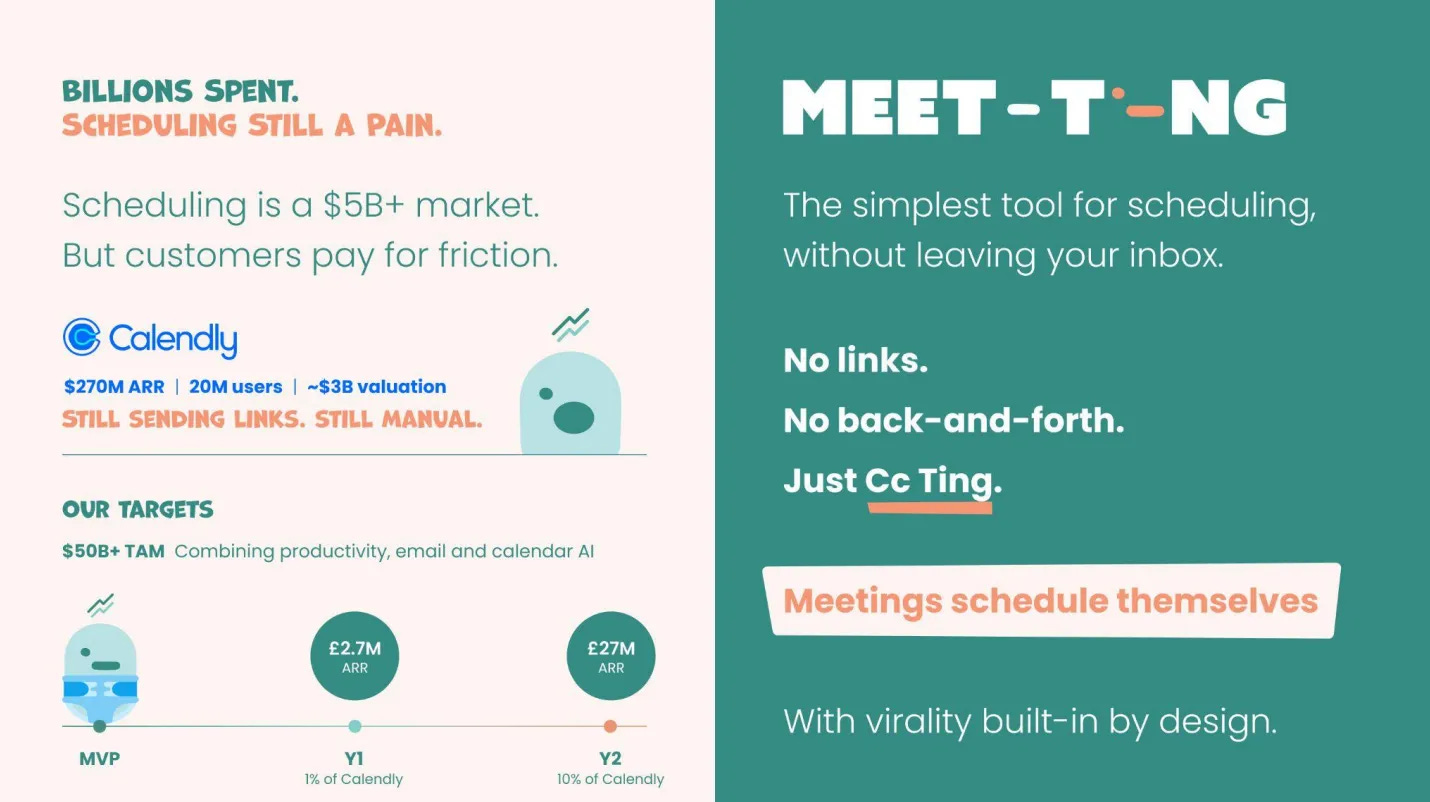
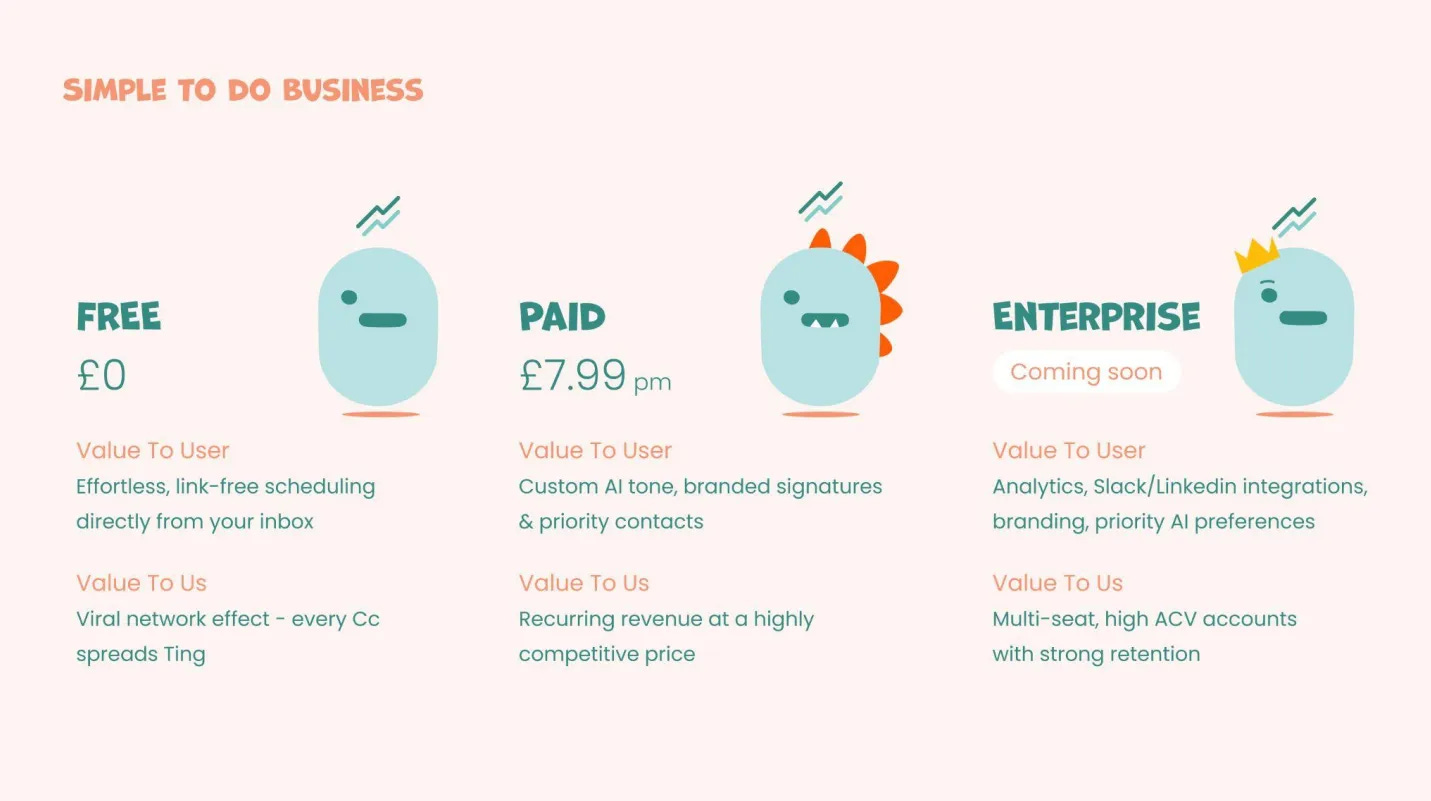
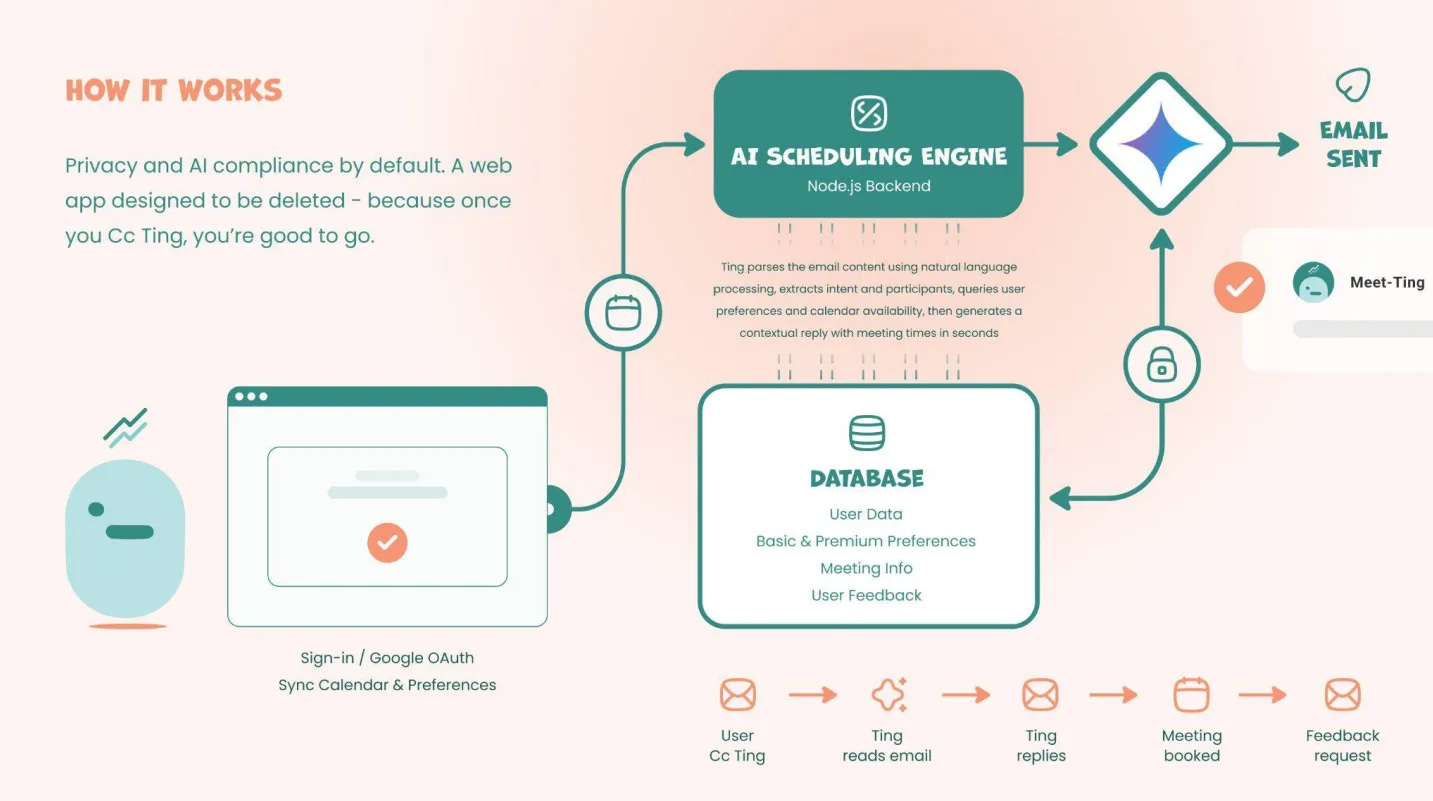

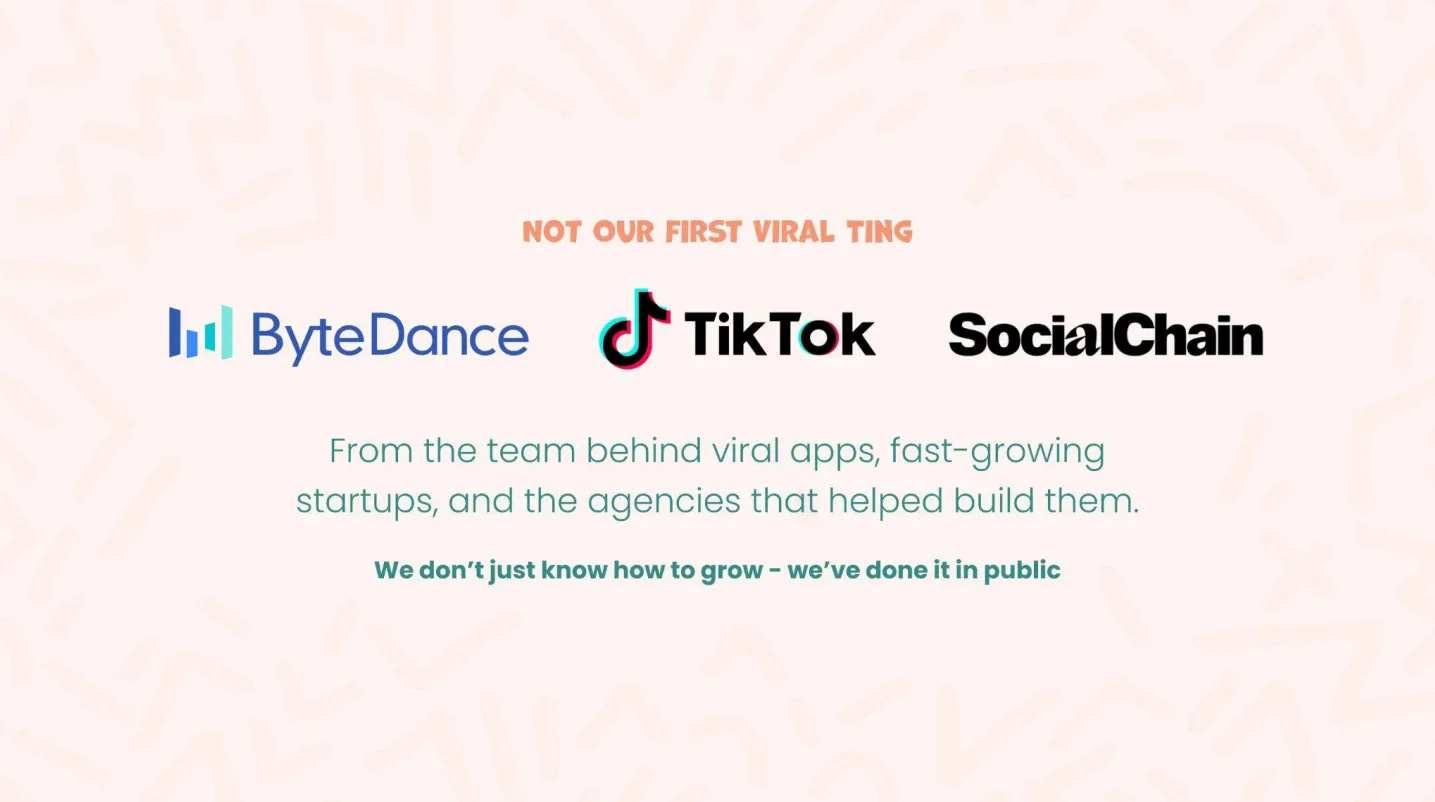
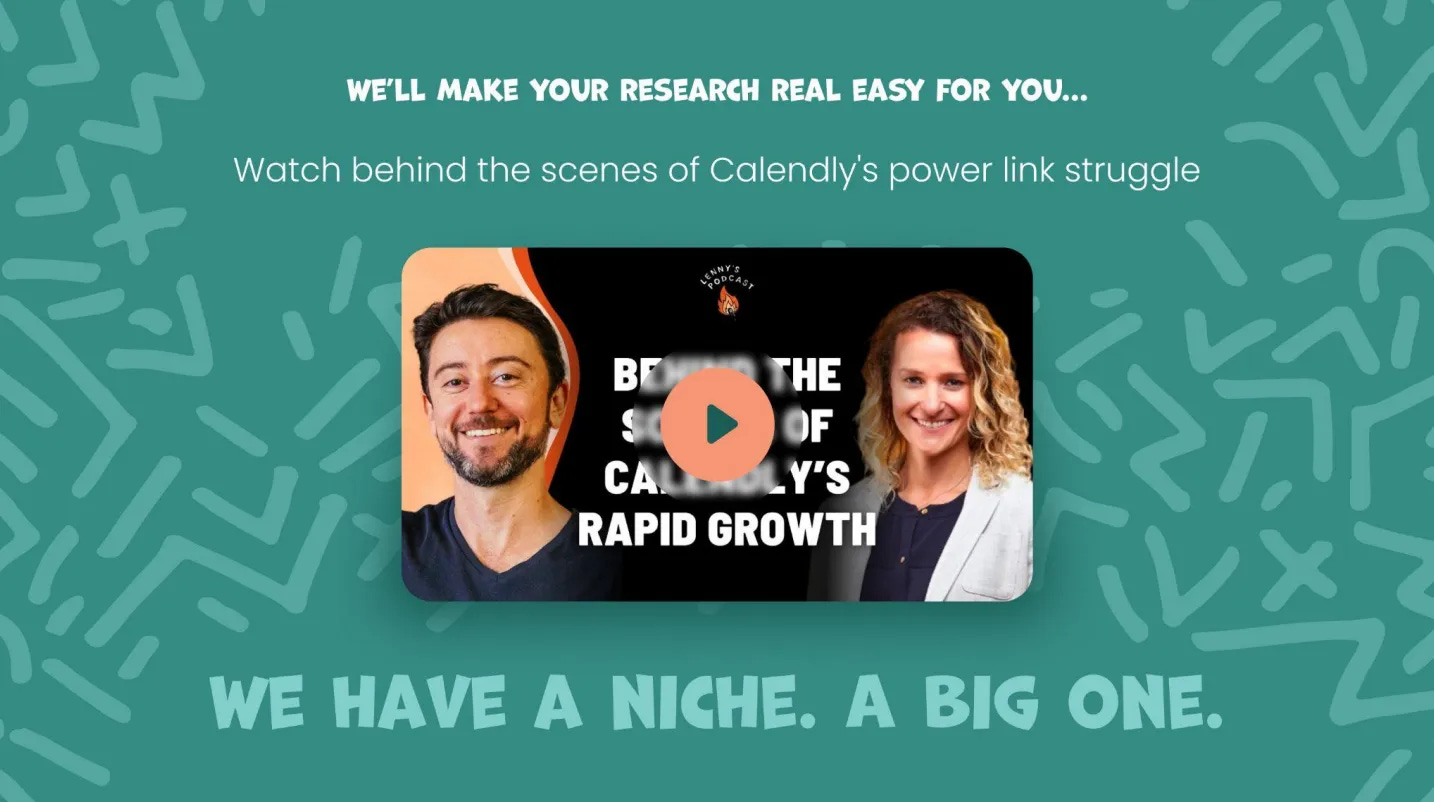
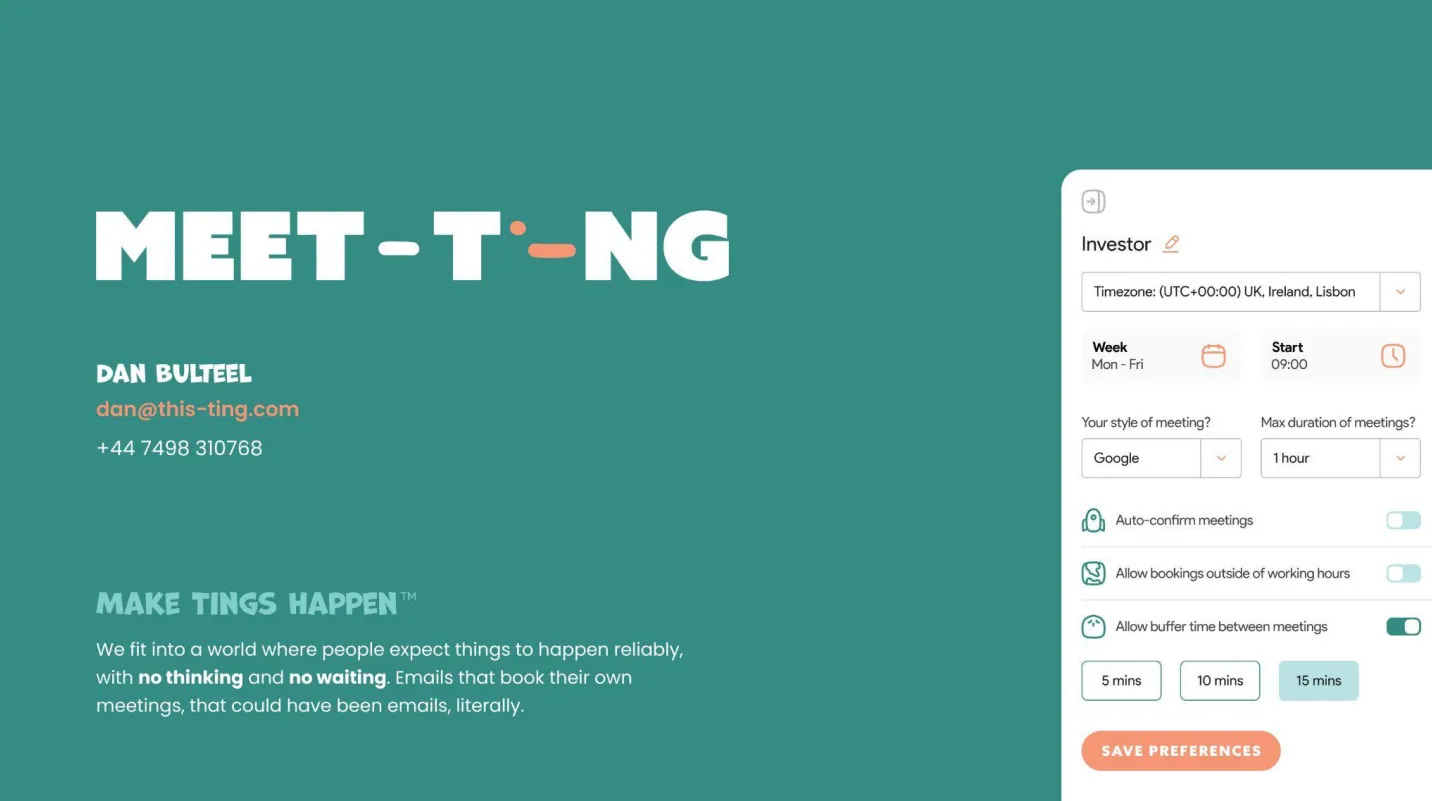
For clarity - I anti-meeting & so my diary Wednesday, Thursday & Friday is almost entirely empty (probably 2 scheduled meetings/calls on this 3 days per week). I've always wondered what happens if you could quantify the value of a person or a meeting in the flow & AI then slowing understands and starts to prioritize your contacts and gave some insightful analytics. We fequently as asked for the quality of the online call (the technical quality) but the value per the person or the meeting is infinitely more valuable IMHO.Thanks for sharing Ruben 🧡
As an early user of Meet-Ting I couldn’t agree more, but beyond just saving time it actually resolves the subtle, daily human miscommunications that happen over email which can have compounding effects (i.e wasted time)